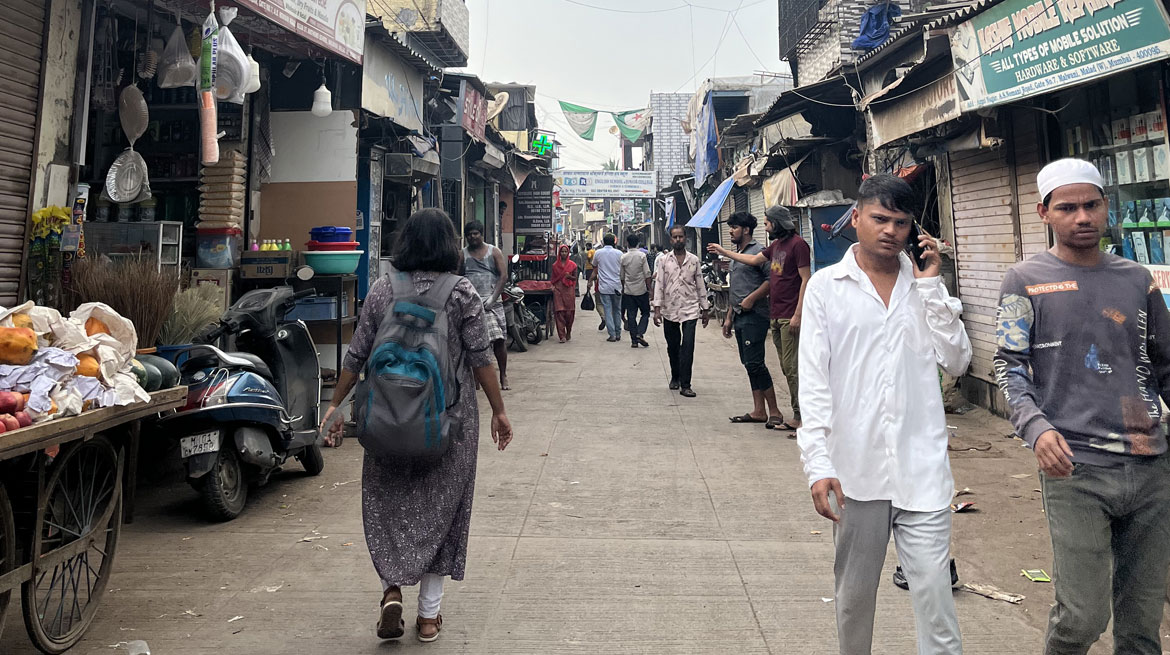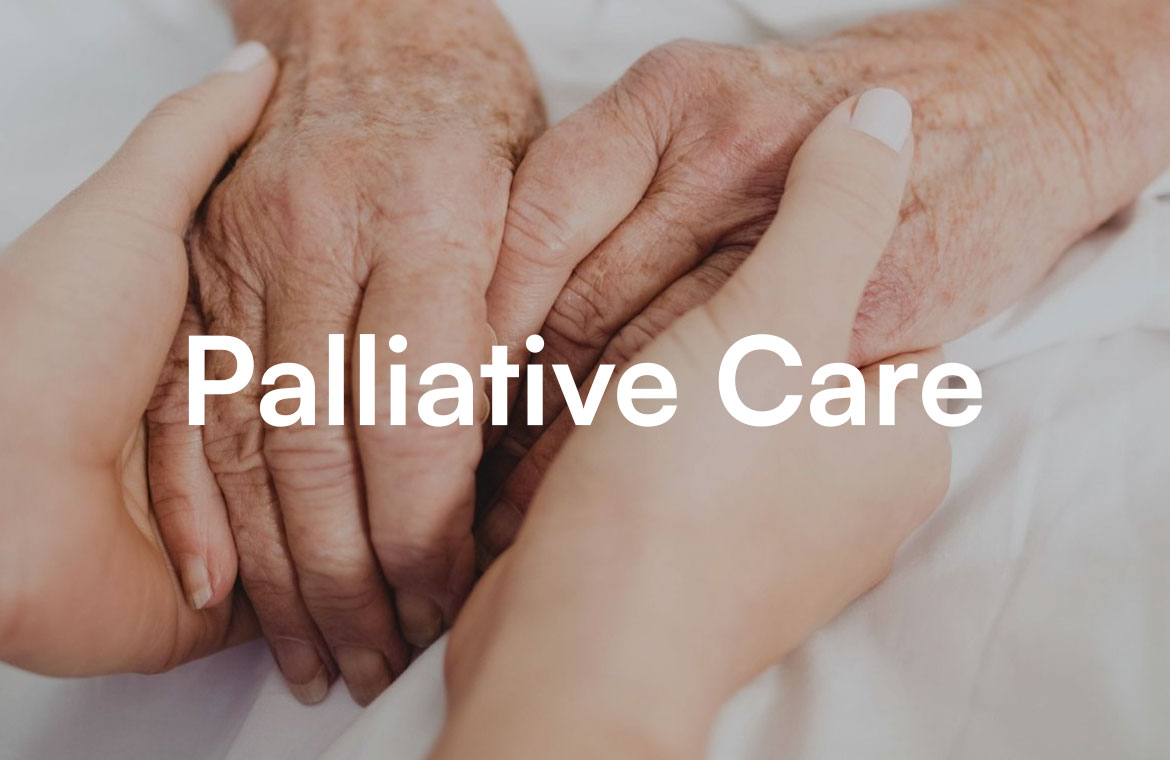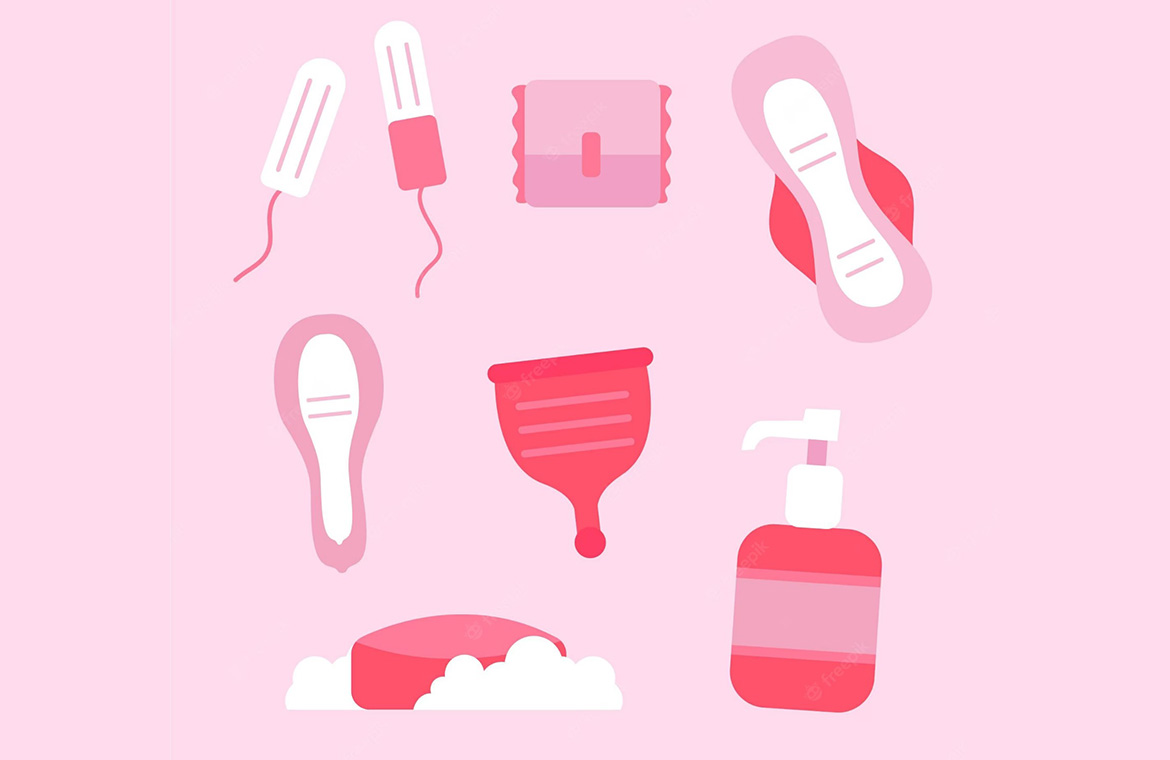‘Adolescence’ to put it simply, is the transition phase between childhood and adulthood. Driven by the storm of hormones, the body and mind change rapidly; barely giving us time to contemplate the changes. Naturally, it comes with a baggage of tons of questions and apprehension. Some of us seek help from parents, elder siblings, teachers or friends and some look for answers elsewhere.
Even in today’s world where information is always in plenty, finding a resource that is both reliable and non-judgmental is difficult. It’s reasonable to say that, finding a needle in a haystack is easier than finding the exact thing one is looking for online!
The elders around us are afraid of imparting too much information too early so they tend to beat around the bush and rely on teachers to take up the task. The teachers try their best to convey it in a sensitive manner but most times all the chapters related to sexual and reproductive health are skipped or left for self-study. In the end, most adolescents tend to pass high school without any actual understanding of their changing bodies and have their misconceptions fed by unreliable sources.
As budding public health experts, we are sometimes entrusted to conduct certain health education sessions in schools. Recently, we had the opportunity to interact with a very charming group of adolescent girls while visiting a school to conduct a health education session. The school was situated in a slum area of a metropolitan city. Way over there was nothing short of a death wish! Twice we got sandwiched between a chicken delivery van and a school bus. The feathers stuck to my clothes bear witness to us squishing our way out of the narrow space following the lead of a stray dog! The students found us alive and teaching at the end of the ordeal, so it was worth it!
The session was about the physiology of menstruation and menstrual hygiene. Afterwards, we had an informal discussion with some of them to get feedback about the sessions. The girls were talkative but not vain, quick-witted but not rude, eager but not hasty and the emotional complexity attained at their age was beyond most adults achieve in their lifetimes!
What started as a feedback session turned out to be a rather insightful conversation! Calling it a “blessing in disguise” would be undermining it. I won’t say that I got any surprises out of the conversation, rather it reinforced the absence of some aspects which are integral to their everyday lives. Despite all the efforts the authorities and the public health department are making it was heartbreaking to hear about the lack of basic sanitation needs. Sanitation and hygiene are multifaced, it’s very easy to tell them to maintain good hygiene but lack of water supply and clean washrooms will always make them fall back on these practices.
Schools much like most workplaces are not built with keeping feminine hygiene needs in their minds. Even the curriculum rarely considers the added emotional and physical strain during menstruation. The girls sometimes change their pads only once a day after reaching their homes. This is attributed to their busy schedules, short breaks, and lack of clean washrooms. Some also pointed out that sitting uncomfortably on those hard wooden benches all day, caused additional back and thigh pain. Moreover, a lack of understanding from male family members adds to the emotional strain. The telltale misconceptions and myths about menstruation make them feel unwanted and not a part of the house of those days. None of this is new. However, the surprising thing is none of this seems to have changed even after years of community work to generate awareness about menstruation and menstrual hygiene. Safe to say that we are falling short on this front.
Another thing that is always superficially touched upon is the emotional well-being of adolescents. Parents, teachers, and most adults regard ‘mood swings’ as something that happens to everyone so they must bear it without complaining. The girls expressed the wish to be cared for and comforted during this time and not be scolded. They wanted to know how to deal better with the emotional outbursts and when and where to seek professional help.
They also expected more empathy from their teachers in certain situations, like addressing some of the students who were known to have a romantic partner and were caught in uncomfortable situations. The teachers would often taunt them to make a point and disrespect them in front of the class. The girls would feel for their friends and comfort them afterwards. According to them, they made a mistake because of the hormonal changes and attraction and were not bad people to begin with. They were afraid to express their thoughts and feelings to their families as they might not be allowed to go to school if were caught doing something ‘wrong’.
While reflecting afterwards on this discussion, I realized that the young minds are not as empty and distracted as we label them to be. Their heads might be drowning in all kinds of screens, but their minds are perceptive to the real world. Their understanding of human behaviour is raw, innocent and a little confused. The inherent curiosity that builds up in this age should be channelled effectively to educate them about hygiene, life skills and safe sex practices. Health is never a lone entity. Hence, this age group should be targeted for awareness generation as a steppingstone to achieve the goal of long-term health and wellbeing. Young adolescents should be considered as change agents amongst peers along with their obvious immersiveness in the virtual also world makes them effective communicators in the community at a larger scale.




